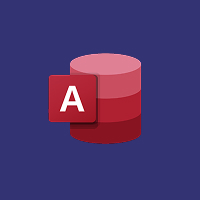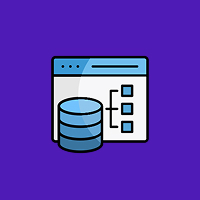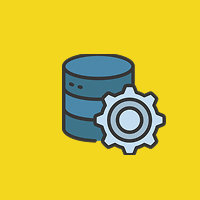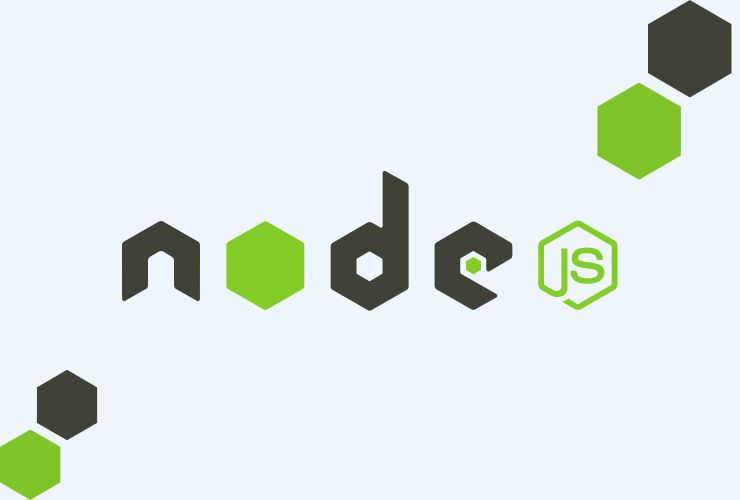In today’s fast-evolving web development landscape, speed, scalability, and high performance are no longer wished for, but needed. Users expect fast loading, seamless experiences, and immediate reactions. Developers then seek technologies that promise strong, effective solutions without compromise. One such technology that is becoming increasingly popular for meeting today’s needs is Node.js.
Irrespective of whether you are constructing real-time chat apps, APIs, media streaming websites, or data-intensive dashboards, Node.js offers a solid and diverse platform for the development of high-performance, scalable web solutions from frontend to backend, all implemented in JavaScript.
What is Node.js?
Node.js is an open-source, cross-platform JavaScript environment that runs on Chrome’s high-performance V8 JavaScript engine. It enables developers to run JavaScript code outside the browser, most importantly on the server side, enabling one language to be used for the whole application stack.
This end-to-end JavaScript solution offers faster development, simpler maintenance, and improved cross-team collaboration. What really gives Node.js a competitive edge is its event-driven, non-blocking architecture, rendering it extremely light and efficient—and perfect for use in real-time and data-drive applications.
Why Node.js Tops the Rest
1. Top-notch Performance and Speed
Node.js is founded on the incredibly fast V8 engine, which directly compiles JavaScript into machine code. Its asynchronous, event-driven architecture also enables the system to process many requests simultaneously without waiting for previous tasks to finish. This means low latency and high throughput, particularly in systems with a lot of concurrent users.
2. One Common Language Across the Stack
Node.js enables developers to write frontend and backend in JavaScript. This simplifies development activities, promotes code reuse, and reduces context switching between different programming languages. For businesses, it also means that hiring and inducting developers is easier as the whole stack runs on one language.
3. Scalability for Growth-Driven Projects
Node.js is scalable by design from the start. Its single-threaded event loop and microservices capabilities make it extremely well-suited for scalable, distributed systems. As your application grows, it’s easier to break it down into smaller, manageable services and scale them independently to catch up with demand.
4. Rich Ecosystem with NPM
Through the Node Package Manager (NPM), programmers can leverage a gigantic collection of open-source libraries and utilities. With more than one million packages at their disposal, covering topics from testing and authentication to real-time features and database interfaces, it speeds up development, enhances the quality of the code, and allows innovation in the form of contributions from a community of users.
5. Integrated Real-Time Functionality
Node.js performs exceptionally well in real-time applications. From live chat applications, co-editing applications, online game environments, and live tracking applications, Node.js provides real-time data transfer through WebSockets and Socket.IO. Node.js is very easy to push and pull data from the server to clients and vice versa in real time.
6. Cross-Platform Capabilities
In addition to standard web applications, Node.js enables developers to create desktop applications with frameworks such as Electron. With modern frontend libraries like React or Vue.js, developers can develop robust cross-platform applications from a single codebase—significantly enhancing efficiency and lowering maintenance costs.
7. Robust Community and Support
Node.js is supported by a lively and active community of developers and is supported by large technology firms like Google, Microsoft, and IBM. This translates to strong documentation, frequent updates, security fixes, and a large collection of tutorials and resources. The solid support system keeps the platform current with the latest development practices and standards.
8. DevOps and Cloud-Friendly Deployments
Node.js plays well with mainstream DevOps tools and cloud providers. It is compatible with containerization using Docker, continuous integration pipelines, and deployment via services such as AWS, Heroku, and Azure. It also plays well with serverless architectures, making it a good choice for modern application design.
When to Use Node.js
Node.js is an excellent choice for projects that need:
- Real-time features like messaging, notifications, or collaboration
- RESTful APIs or GraphQL backends
- Streaming media data
- Single-page applications (SPAs)
- Microservices architecture
- Internet of Things (IoT) applications
- Serverless applications and cloud-native applications
Its performance and flexibility make it appropriate for everything from MVPs to large enterprise platforms.
When Node.js May Not Be Appropriate
While Node.js is very versatile, it’s not the best choice for every scenario. Apps that have a lot of CPU-intensive work—video encoding, intense math, or machine learning—would maybe be better served by languages such as Python, Go, or Rust. Since Node.js is single-threaded, CPU-intensive operations can block the event loop and lead to poor performance in such apps.
Final Thoughts
Node.js has transformed the web development ecosystem by making JavaScript a full-stack language. With its superb performance, scalability, and capability to handle real-time interactions, Node.js continues to be the choice of developers who are building next-generation, fast, and dynamic web applications.
Whether you’re developing a new startup idea, constructing enterprise-grade solutions, or rewriting a legacy application, Node.js provides you with a future-proof foundation to code at pace without sacrificing quality or performance. With its growing community, vast package ecosystem, and strong industry support, Node.js is a robust and innovative choice for modern web development.
Contact Us Today













 Database Development
Database Development












































